Location Tel Aviv Director Noam Inbar Active from 1948 | Founded 1948 (1948) Members 20-400 | |
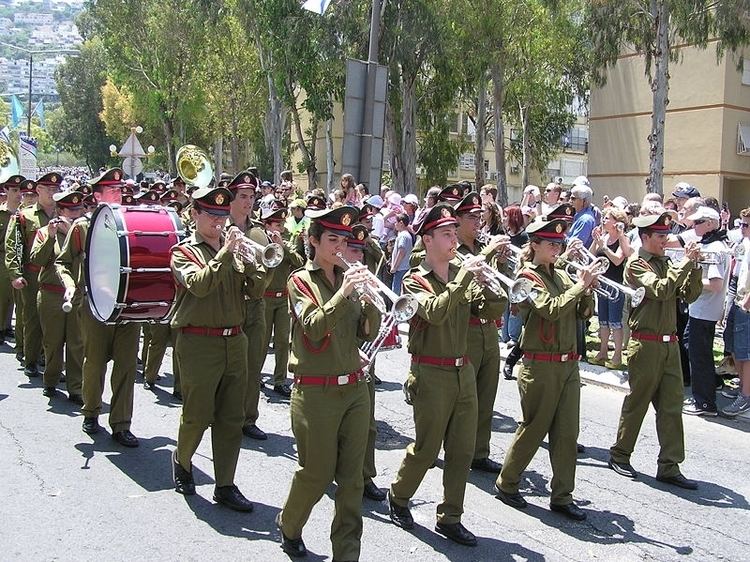 | ||
Uniform Black ceremonial cap with the orchestra's symbol and red lanyard and olive green uniform with a red trouser belt Similar Shalom Ronli‑Riklis, Yoav Talmi, Diaspora Yeshiva Band, Simcha Leiner, Shlock Rock | ||
Idf orchestra performing beautifully
The IDF Orchestra (Hebrew: תזמורת צה"ל; Tizmoret Tzahal) is the main musical ensemble of the Israel Defense Forces (IDF). It comprises musicians and singers in compulsory service who have successfully passed the auditions before enlistment into the IDF. The greater part of the band appears at military ceremonies, official visits and honor guards, and the orchestra also performs at various non-official community events.
Contents
- Idf orchestra performing beautifully
- The idf orchestra performance in moscow s red square festival
- History
- Characteristics
- Activities
- Parades
- Performances
- References

The idf orchestra performance in moscow s red square festival
History
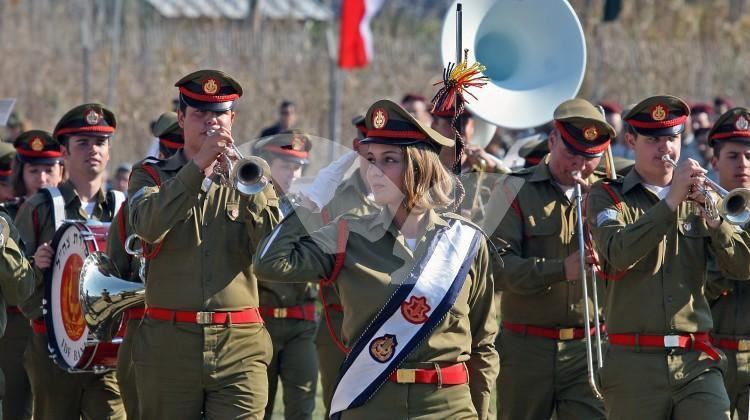
The IDF Orchestra was established in 1948 as a part of the newly formed Israel Defense Forces. It consisted of several small orchestras operated until then: the Alexandria Division band, orchestra Brigade, Artillery Corps Band and Givati Orchestra Brigade. The Orchestra's first conductor was Izhak Muse, a new immigrant from the Soviet Union who played wind instruments. Muse was a graduate of a prestigious military orchestra conductor in Leningrad and immigrated to Israel in January 1949 On 4 May 1949, the band participated in the second annual IDF parade celebrating Independence Day, but the crowd that filled the streets blocked the parade route and forced the parade to stop. The event was later nicknamed "The parade that did not march" and led to the creation of the first Israeli commission of inquiry. Isaac Muse at the top of the IDF Orchestra March of that step. After several months, Shalom Ronli-Riklis, former conductor of the orchestra Brigade, took over as conductor of the Orchestra. Ronli-Riklis greatly expanded the orchestra’s repertoire (modern to classical music and light music), during his tenure as conductor. a position he held until 1960. From 1953 to 1955, renowned Israeli composer Noam Sheriff served as Ronli-Riklis’ assistant. In 1960 Ronli-Riklis retired. Izhak Graziani, a long-time trumpet player in the orchestra, became conductor in 1962. About three months before he died, in 2003, Graziani retired. He was replaced by Lt. Col. Michael Ya'aran, who conducted the orchestra then until his own retirement in 2013. On 29 July 2013, Major Noam Inbar became the conductor.
Characteristics

As opposed to most of the world's military bands, orchestra musicians are IDF soldiers serving their mandatory service, and are not permanent soldiers.
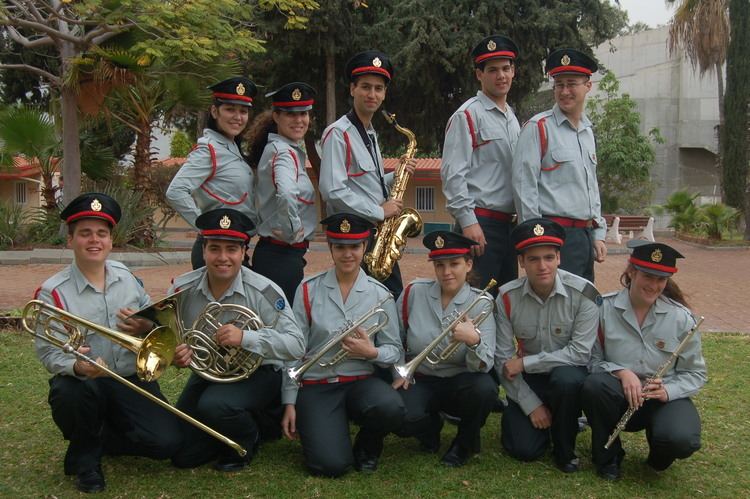
The unit is made up of male and female soldiers who have musical experience. The only base is located in Ramat Aviv in Tel Aviv. In addition to the main orchestra, the IDF also has a rabbinical choir and other military bands. The difference between the IDF orchestra and the other musical bodies, is that the others are entertainment groups, designed to keep up morale only, while the orchestra is also a ceremonial unit. Additionally, while military bands belong to the Education Corps, the IDF orchestra belongs to the Manpower Directorate, which is responsible for Israel's state and military ceremonies.
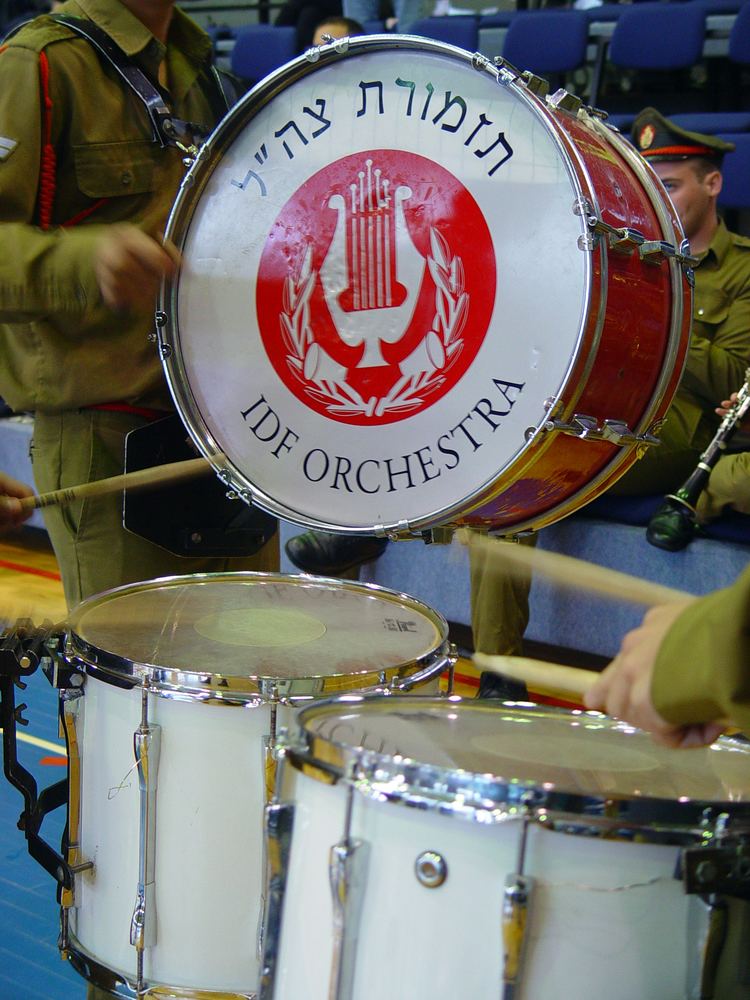
Among the many functions of the orchestra, its main activity is performing at graduation courses, official visits of heads of state and military personal, and official ceremonies (such as torch-lighting ceremony held each year on Mount Herzl in Jerusalem to celebrate Israel's Independence Day).
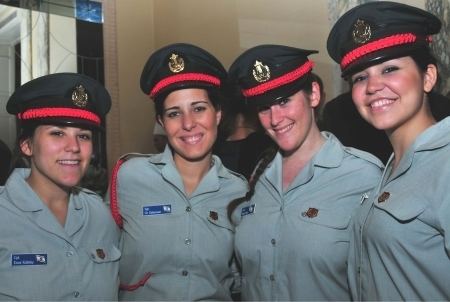
The unit's symbol is David's Harp, placed between two olive branches. On ordinary days, when the orchestra is not in performance, the members wear the standard uniform (olive green) with a musician's pin above the left pocket. The ceremonial uniform includes a red belt, red string (worn over the right shoulder), ceremonial cap stamped with the band's symbol over a red background, as well as wearing a larger musician's pin. The IDF Orchestra is the only army unit that has two pins identical in design and different in size.
During official state ceremonies, the musicians wear ceremonial dress, along with the belt, string, and cap.
Activities
There is a distinction between the various activities of the orchestra, which participates in many events, in both military and civilian settings.
Parades
In parades, the band stands, and in most cases walks, along the parade ground. In non-governmental parades, the orchestra is the first military force to enter the parade ground, followed by other forces. In parades of this type, such as at the completion of military courses, the band is led by a drum major whose job is to direct the orchestra during the march, signal the turns, and to mark the beginning and end of the music.
At state parades, however, the band rarely marches, but rather stands with a military honor guard beside a red carpet to receive the person of honor.
There are, however, extremely large state orders that also include marching (e.g. large receptions being held at the airport).
The instrumentation at such parades includes: piccolo, oboe, clarinet, saxophone (alto and tenor), bassoon, French horn, trumpet, Trombone, Baritone horn, Sousaphone (marching tuba), snare drum, bass drum, and Cymbals.
Performances
The orchestra also appears to the public, including abroad. These performances include a rich and varied repertoire, comprising classical music for concert bands, popular music, Israeli songs, and marches from "military repertoire" of the orchestra. In addition, the band performs with first-class artists of Israeli music. The orchestra has performed with Yoram Gaon, Ilanit, Harel Skaat, David Broza, Kobi Aflalo, Rami Kleinstein, and many others.
The orchestra's performance at the Rishon Lezion Festival on Sukkot has become a tradition in recent years.
